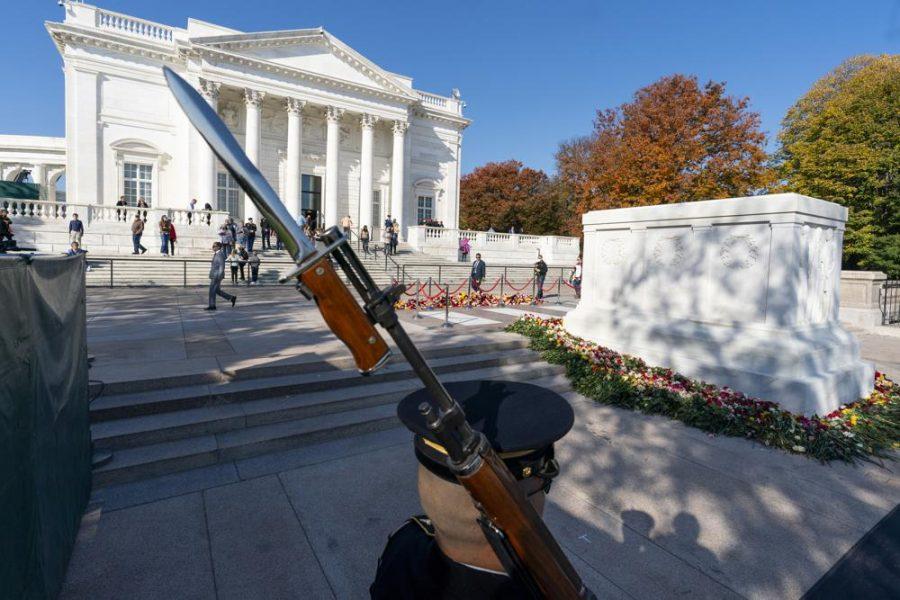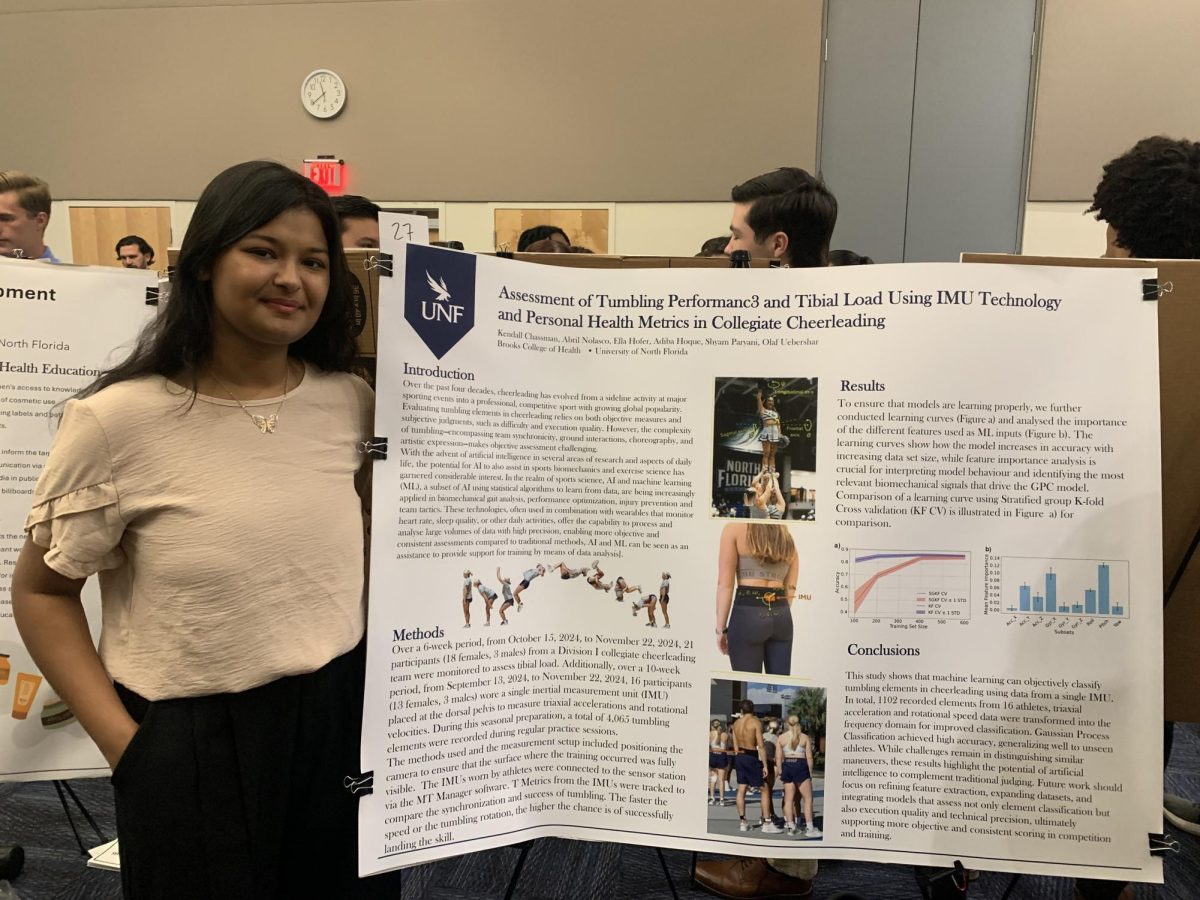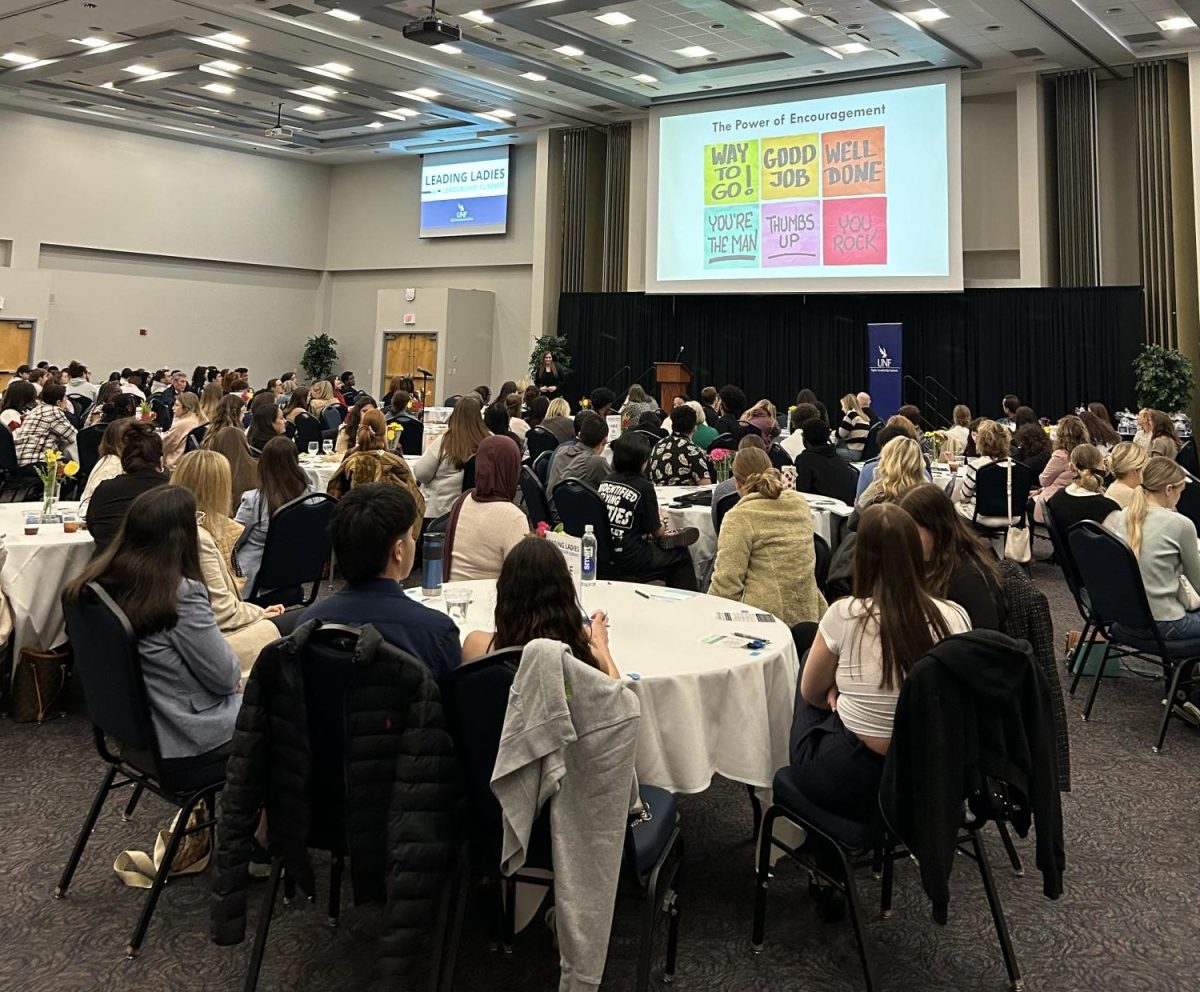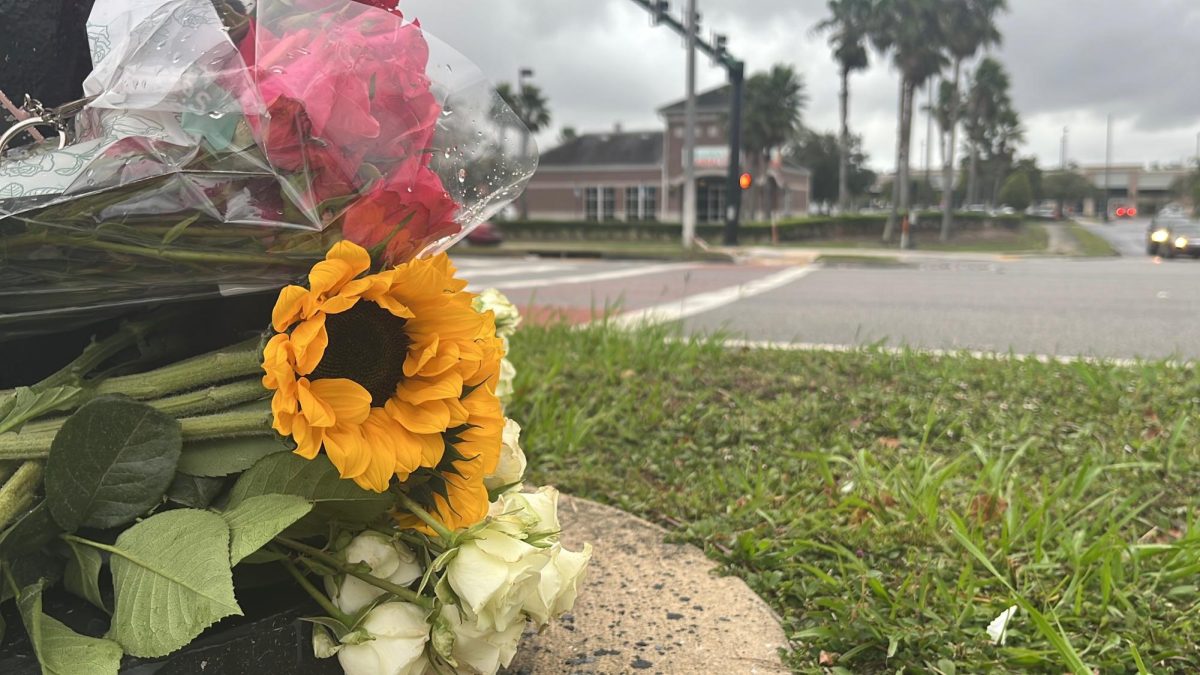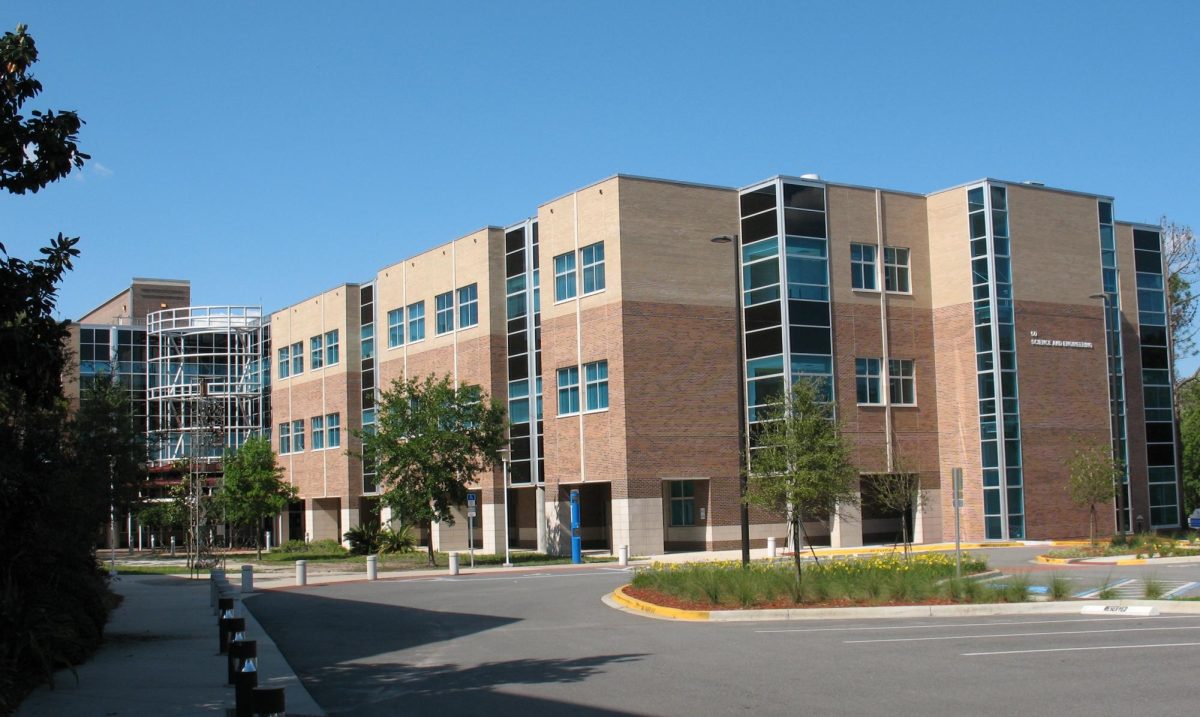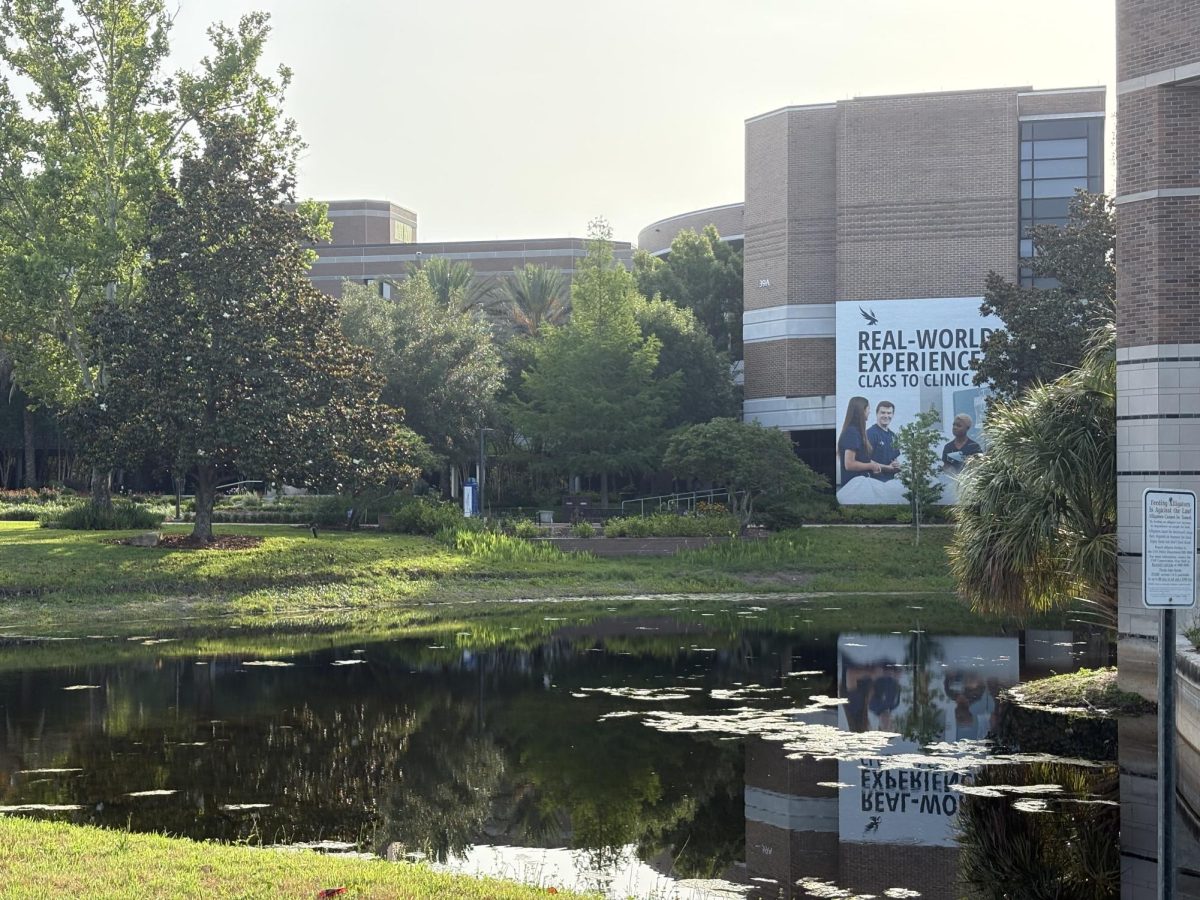The longest partial lunar eclipse of the century is on track to take place during the late night hours between Nov. 18 and Nov. 19.
A lunar eclipse is when Earth makes its way between the Sun and Moon, so that Earth’s shadow eclipses the Moon. For this particular eclipse, Earth’s shadow will cover 97 percent of the full Moon. People in all 50 states should be able to observe this.
The partial eclipse will start to show at about 2:19 a.m. EST, and should reach its max eclipse around 4 a.m. EST, ending around 5:47 a.m. EST.
“At the peak of this lunar eclipse, the Sun will turn almost entirely red, with only a faint edge of the Moon still catching sunlight,” said Dr. John Hewitt, an Associate Professor of Physics at UNF.
This will happen around 4 a.m., according to Dr. Hewitt, who said that— if the skies are not cloudy— it is worth waking up early to see.

He often refers students to TimeAndDate.com where one can find detailed information about eclipses and helpful visualizations.
After this event, the next chance to view a lunar eclipse from Jacksonville will be around midnight May 15 through 16 of 2022. After that, we will have to wait until 2025, according to Dr. Hewitt.
Neither the Physics Department, nor the Astronomy Club on campus are planning an event for this lunar eclipse, due to the poor weather forecast. However, stay tuned for these upcoming events.
The Astronomy Club is planning an event at MOSH Planetarium for the end of finals week, Saturday, Dec.18. This will be the 50th Anniversary of when the final Apollo 17 mission left the Moon, according to Hewitt. The Physics Department also plans to restart Friday night stargazing, aka Astronomy Nights, in the Spring 2022 semester.
___
For more information or news tips, or if you see an error in this story or have any compliments or concerns, contact editor@unfspinnaker.com.







